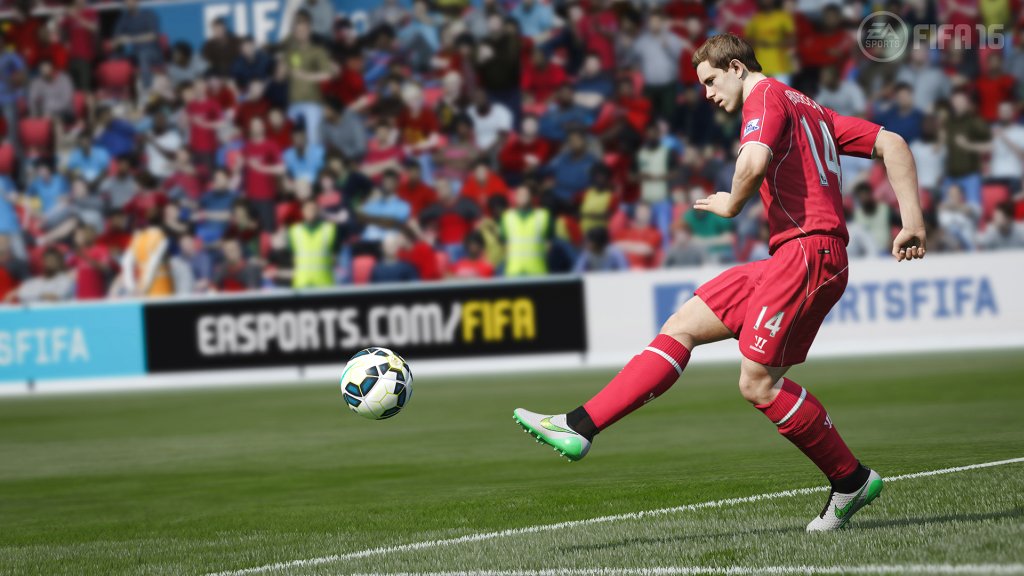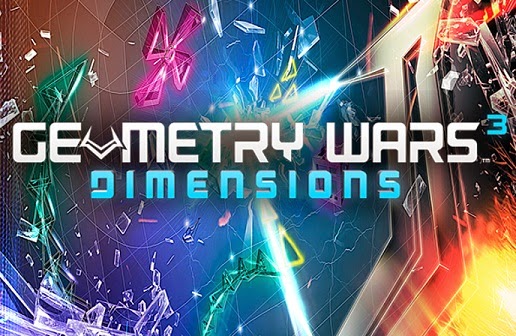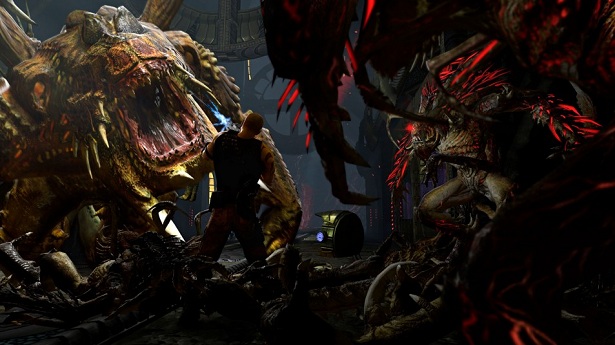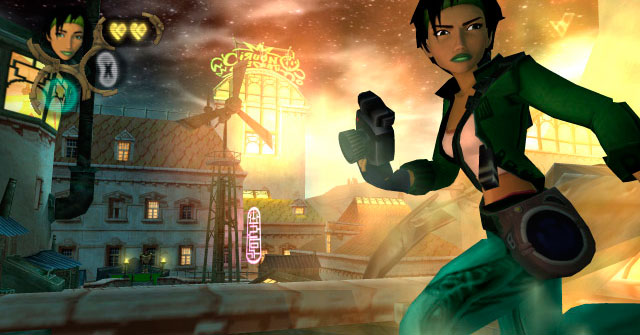

During our first couple of hours with it, our relationship with SSX was as much of a rollercoaster as the frozen rails – manmade and not – upon which we rode. We say “rollercoaster,” but that’s not strictly accurate. It was actually the emotional equivalent of trying to navigate a boulder-filled minefield on rocket-skates, before eventually remembering that we’re one part Spider-Man, one part Jesus, and we happen to be able to fly.
In other words, SSX goes from being a painful, frustrating, crash-happy death-o-thon to one of the most flowing, empowering, transcendently Zen experiences in gaming. Don't believe us? This is enlightenment:
This new SSX, you see, is far more emergent, far more dynamic and far more demanding than many games in the modern landscape. We didn’t progressively get “better” in the traditional sense. Rather, like all of the best games of its ilk (Street Fighter IV in particular being an odd but utterly appropriate comparison), SSX is a game that opened up new pathways in our brain, forging new instincts, new ways of seeing the game world and its mechanics, and new ways to bend and remake the rules with every new level of understanding.
The game gets off to a fast start – and thus beat the living hell out of us when we began playing it. But at the moment it all clicked – the moment of that first beautiful synergy of muscle-memory control and understanding of the game’s physics – the payoff for our perseverance was a feeling we rarely get from games. And at that point, a whole new world opened up right in front of us. What we are and aren’t capable of in SSX comes down to our own ability to see opportunities and execute them.
SSX is a series in which a tactile, almost musical sense of rhythm and flow blends seamlessly with a much more analytical, almost mathematical second-to-second tactical decision making and resource management. If you’ve played any of the previous games, you’ll know that already. But if not, allow us to explain a little of the detail.
SSX, at its roots, is all about physics-driven snowboarding. In lieu of accelerators and brakes, there’s just the speed you can build and control through your physical interactions with the environment, augmented by a boost function earned through successful trick-based combos. Events are split between races and trick competitions, in which having equal parts audacity and skill to keep an insanely long combo rolling is vital to success.
Those crucial tricks – and precarious timing – involve a steep learning curve that feels like a bit of “patted head/rubbed belly” scenario, particularly while learning how ambitious you can afford to be given any particular window of air. But once you get it down, and you start unlocking bigger and higher-scoring special moves by filling your Tricky meter with combo points, you won’t believe what you can pull off.
Chain those together with grinds, which have been modified to allow combo-sustaining poses, and you’ll build up from Tricky (which gives you unlimited boost speed) to Super Tricky to Uber Tricky, which begets ludicrous legions of points the longer you maintain it. It sounds like a simple, logical gameplay loop, and it is.




 Should You Get the Minecraft Windows 10 Edition?
Should You Get the Minecraft Windows 10 Edition? Don't Make These Mistakes When You Ship Your Christmas Gifts
Don't Make These Mistakes When You Ship Your Christmas Gifts Learn to play Geometry Wars 3 Dimensions
Learn to play Geometry Wars 3 Dimensions Red Faction Armageddon Demo Walkthrough
Red Faction Armageddon Demo Walkthrough Giveaway: Beyond Good & Evil HD (XBL)
Giveaway: Beyond Good & Evil HD (XBL)